What is Childhood Obesity? Causes, Symptoms, Diagnosis, Treatment And Prevention
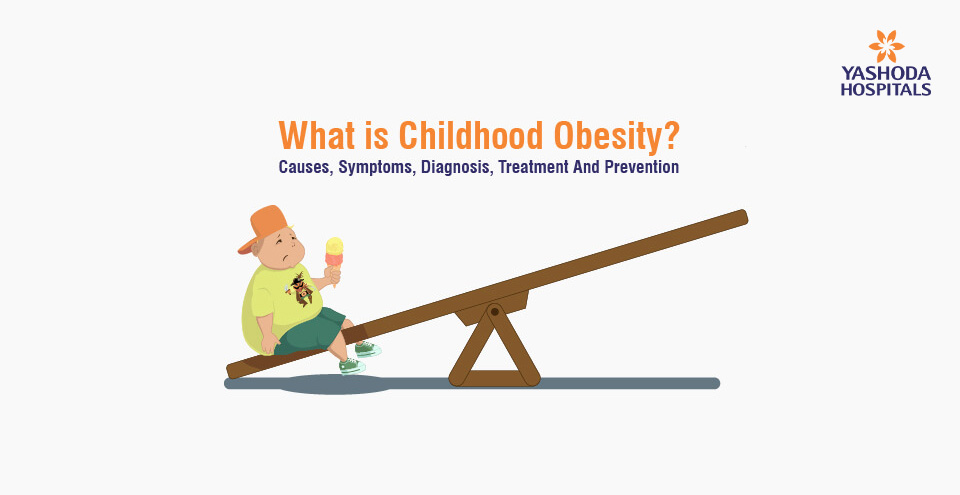
Childhood obesity is becoming a serious problem that’s affecting kids across the world. It’s heart-wrenching to learn that the number of children impacted by obesity has surged dramatically in recent years. According to the World Health Organization (WHO), there are now 38 million children under the age of five who are obese globally, and this figure has risen from a mere 4% in 1975 to over 18% in 2016.
Being overweight as a child or teenage obesity is more than just a cosmetic concern, it’s a grave medical issue. It’s defined as having an excess amount of body fat, which can lead to various health problems such as high blood pressure, diabetes, and heart disease. The good news is, there are ways to prevent and treat childhood obesity, and we’ll delve into these further. Keep reading to learn about the causes, symptoms, diagnosis, treatment, and prevention of childhood obesity.
What are the causes of childhood obesity?
The causes of obesity in children is often the result of a combination of factors, such as genetics, lifestyle, and environmental factors. Some of the most common causes of childhood obesity include:
- Genetics: Children with a family history of obesity are more likely to develop the condition themselves. Studies have shown that genetics can account for up to 70% of an individual’s risk of becoming overweight or obese.
- Lifestyle: A sedentary lifestyle, lack of physical activity, and poor eating habits are significant contributors to overweight kids. Children who spend more time watching television or playing video games are more likely to be overweight or obese. Additionally, children who consume a diet high in calories, sugar, and fat are at a higher risk of developing obesity.
- Environmental Factors: Children who live in areas with limited access to healthy food choices or safe places to exercise may be at a higher risk for obesity. Additionally, factors such as parental education level, income, and cultural background can also contribute to childhood obesity.
- Medical Conditions: Certain medical conditions, such as thyroid problems or hormonal imbalances, can contribute to childhood obesity. However, these conditions are rare and account for only a small percentage of childhood obesity cases.
- Psychological Factors: Emotional stress, depression, and anxiety can lead to overeating and contribute to childhood obesity. Additionally, children who have experienced traumatic events such as abuse or neglect may be at a higher risk of developing obesity.
- Medications: Certain medications, such as those used to treat seizures or psychiatric disorders, can cause weight gain in some children. However, these medications are only prescribed when absolutely necessary and are not a common cause of childhood obesity.
Childhood obesity is a complex issue with many contributing factors, and each child’s situation is unique. Addressing the underlying causes of childhood obesity can help promote healthy weight management and reduce the risk of long-term health consequences.
Did you know that disturbed sleep patterns can also lead to obesity?
What are the symptoms of childhood obesity?
The most apparent childhood obesity symptom is excessive weight gain or being overweight. However, some children have larger than average body frames, and children normally carry different amounts of body fat at various stages of development. Therefore, it is important to consult a doctor to determine if a child’s weight is a health concern.
Some signs and symptoms of childhood obesity may include:
- Shortness of breath or difficulty breathing during physical activity
- Joint pain
- Sleep apnea
- High blood pressure
- Type 2 diabetes
- Fatty deposits around the eyes
- Early onset of puberty
- Poor self-esteem and depression
- Increased risk of developing cardiovascular diseases
- Difficulty with physical activities such as running and climbing stairs
How is childhood obesity diagnosed?
To properly diagnose childhood obesity, doctors typically rely on a combination of body mass index (BMI) measurements and clinical assessments.
- BMI: BMI is a measurement of body fat based on height and weight. It is calculated by dividing a child’s weight in kilograms by the square of their height in metres. A BMI between the 5th and 85th percentile is considered healthy for children and adolescents, while a BMI between the 85th and 95th percentile is considered overweight. A BMI above the 95th percentile is considered obese.

- Physical Exam: In addition to BMI measurements, doctors will also perform a physical exam to assess a child’s overall health and look for signs of other health complications associated with obesity, such as high blood pressure, elevated cholesterol levels, and insulin resistance.
- Underlying conditions: Medical history and family history are also important factors in the diagnosis of childhood obesity. Doctors will ask questions about a child’s diet, physical activity levels, and medical history to determine if there are any underlying medical conditions that may contribute to weight gain, such as hypothyroidism or Cushing’s syndrome.
How is childhood obesity treated?
Childhood obesity treatment includes a multi-faceted approach that addresses both the physical and psychological aspects of the condition. Some of the most effective treatments for childhood obesity include:
- Lifestyle changes: Encouraging children to eat a healthy diet and engage in regular physical activity can help promote weight loss and reduce the risk of long-term health complications.
- Behavioural therapy: Behavioural therapy can help children and families identify unhealthy behaviours and develop new, healthier habits. This may include goal setting, self-monitoring, and strategies to overcome barriers to healthy behaviours.
- Family-based therapy: Family-based therapy involves the entire family in the treatment process, helping parents and caregivers learn how to support and encourage healthy behaviours in their children.
- Medication: In some cases, medication may be prescribed to help manage certain medical conditions that contribute to obesity in overweight children, such as diabetes or thyroid problems.
- Bariatric surgery: In extremely rare cases, bariatric surgery may be considered for severely obese children who have not responded to other treatments. However, this is a last resort and only considered after careful evaluation by the doctor.
It’s essential to work with a doctor to develop a personalised treatment plan that addresses the specific needs of the child and family. By taking a comprehensive approach that includes both physical and psychological interventions, childhood obesity can be effectively managed, and long-term health complications can be avoided.
Can childhood obesity be prevented?
Yes. Prevention is the best approach to childhood obesity. Here are some preventive measures that can be taken to reduce the risk of childhood obesity:
- Encouraging healthy eating habits: Providing children with healthy, nutrient-rich foods can help establish good eating habits that can last a lifetime. Encourage children to eat a variety of fruits, vegetables, whole grains, lean proteins, and healthy fats.
- Regular physical activity: Encouraging children to be active every day can help promote weight loss and overall health. Encourage children to engage in physical activities such as sports, outdoor games, and structured exercise programs.

- Limiting screen time: Reducing screen time can help promote physical activity and reduce sedentary behaviours. Encourage children to spend less time watching television, playing video games, using electronic devices and try playing outdoor games.
- Regular check-ups: Regular visits to the doctor can help identify potential health problems early on and promote healthy behaviours. Doctors can provide guidance on healthy eating, physical activity, and weight management.
- Healthy family habits: Encourage healthy eating and physical activity habits for the entire family. Eating meals together as a family, going for walks, and engaging in physical activities together can help promote healthy behaviours for everyone.
By promoting healthy habits from an early age, we can reduce the risk of childhood obesity and promote overall health and well-being for children.
Lastly, childhood obesity is a complex and multifaceted issue that requires a comprehensive approach. By understanding the causes and symptoms of obesity, doctors can accurately diagnose the condition and develop personalised treatment plans that address the unique needs of each child. Prevention efforts, such as promoting healthy eating habits and physical activity, are also essential in reducing the prevalence of childhood obesity. By working together we can create a supportive environment that helps children achieve and maintain a healthy weight and live their best life possible.
References:
- Obesity and Overweight
https://www.who.int/news-room/fact-sheets/detail/obesity-and-overweight - Childhood Obesity
https://www.mayoclinic.org/diseases-conditions/childhood-obesity - Childhood Obesity
https://my.clevelandclinic.org/health/diseases/9467-obesity-in-children - What is childhood obesity?
https://www.endocrineweb.com/conditions/childhood-obesity
About Author –





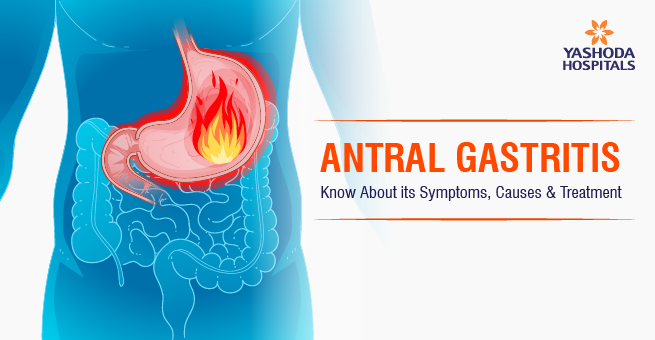




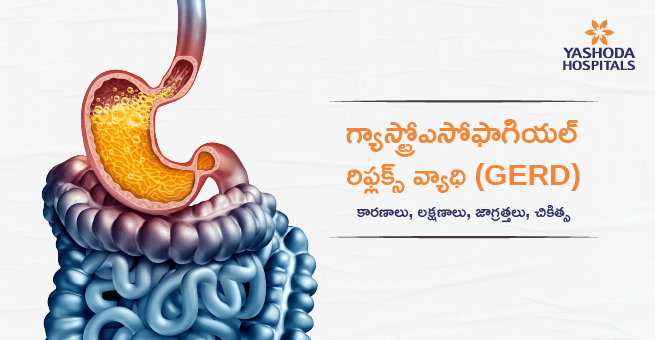


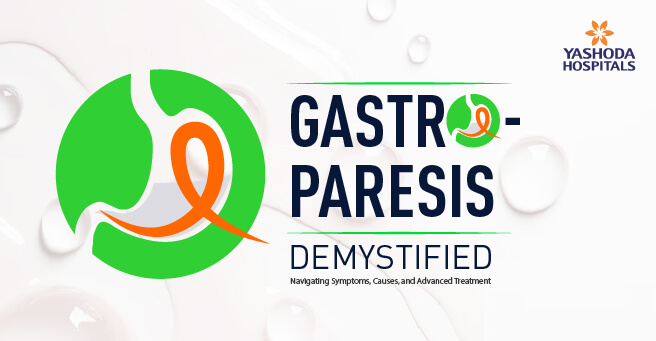

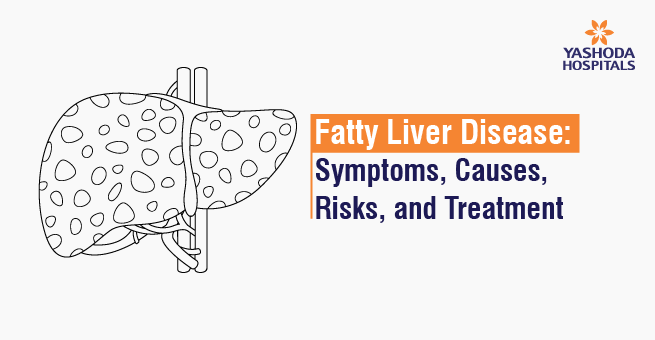






 Appointment
Appointment WhatsApp
WhatsApp Call
Call More
More